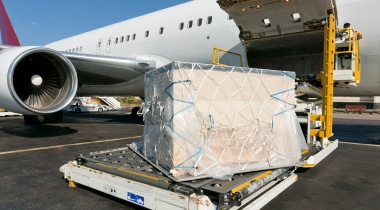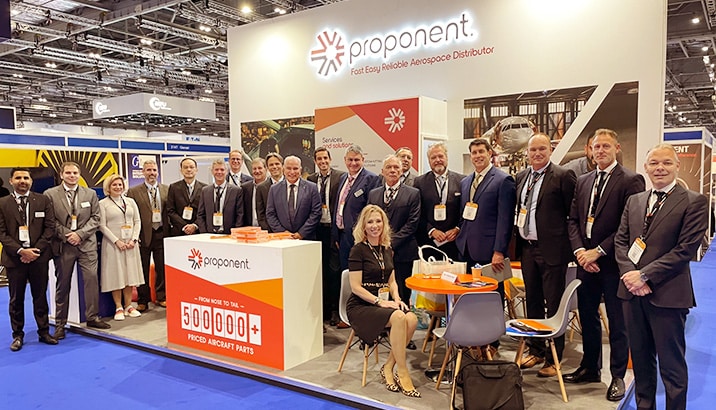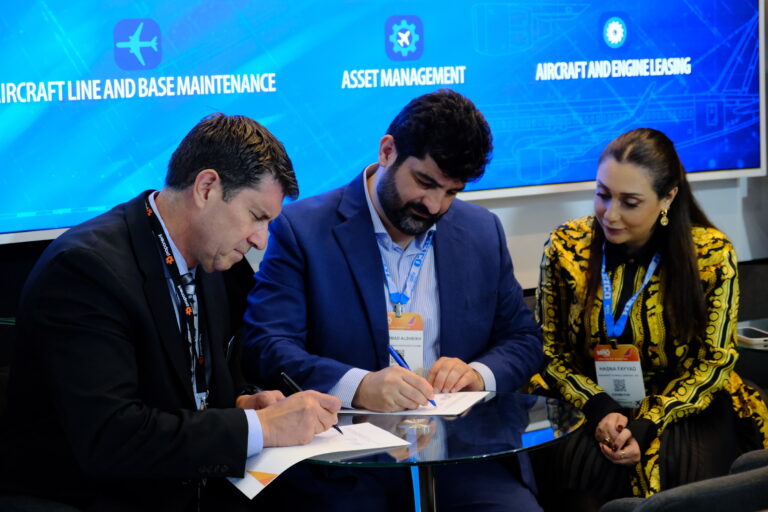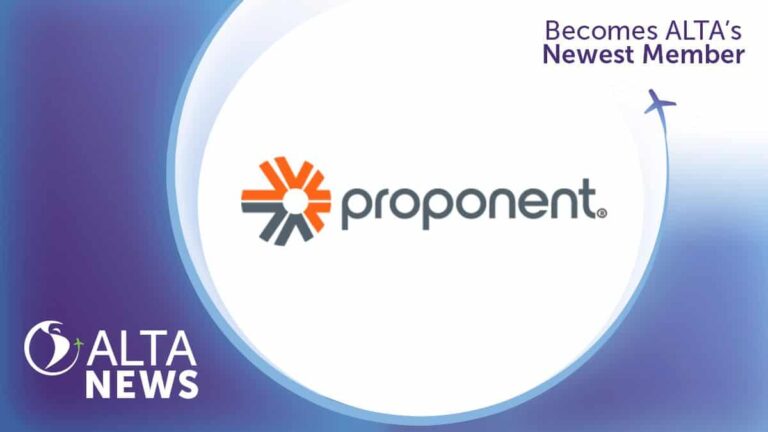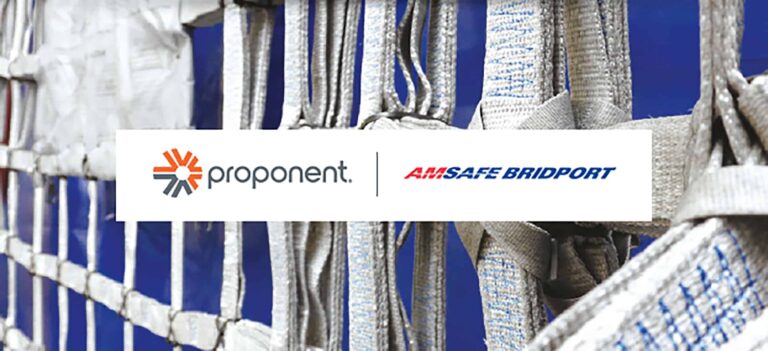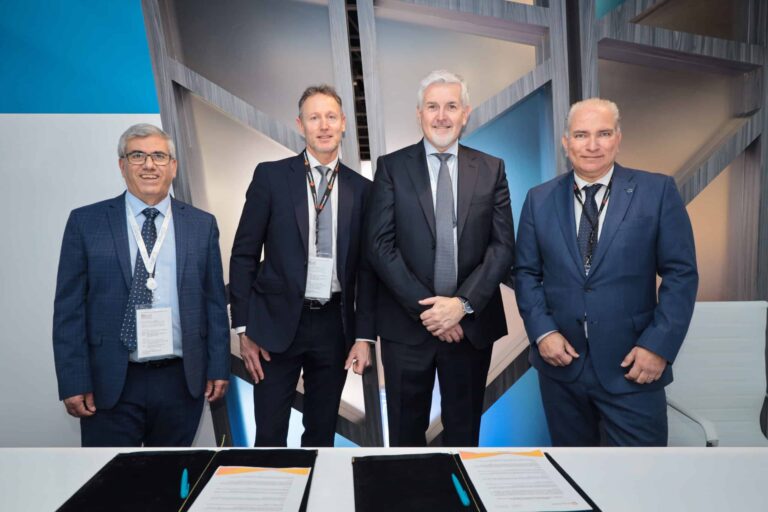At its best, the aerospace supply chain works as a well-oiled machine, delivering parts and securing aircraft services at exactly the right time. No delays, no waits, and no headaches. At its worst, disruptions in the supply chain can equate to millions of dollars in losses. So how can aviation partners and MROs keep the supply chain running at peak performance?
Inventory Management
MROs must be very aware of their inventory. Too many supplies in stock can take up needed space and result in a surplus of outdated aircraft parts when technologies change. But too little inventory can create delays and can result in expedited shipping practices that can eat away at the bottom line. Thus, MROs must find ways to balance their inventory holdings properly.
It is vital for MROs to store only the needed supplies, so those supplies can be used and rotated out to make room for new supplies. If storage consists of an outstanding amount of one product, and that product becomes obsolete with updates in machinery, the stock of the MRO is now not only useless but debilitating. Not only can the old product not be used or sold, new products that could be used for maintenance or sold for repairs can’t be bought, because there is nowhere to store them.
If MROs worry about stock decreasing in value and don’t have things on hand, they will still lose out. Those who rely on the MRO supply chain will be frustrated as the parts they need are not available as quickly as they need. This can result in a loss of customers as they look elsewhere for their suppliers during critical times. So how can companies worry about both issues at the same time?
One such way is with predictive analysis. This method of analytics relies on big data, much of which is gathered from aircrafts, to develop time frames and figures for restocking based on predicted needs. Historical data can reveal a lot about what parts and supplies were needed when, and this data can be further researched and investigated to forecast future needs. The implementation of this method across a wide range of supply-reliant companies and industries has created widespread availability of software to compute these figures, making this an optimal inventory management solution.
But predictive analysis still requires maintenance. After an inventory management system is put into place, it is important to regularly audit the process and data. A routine audit should be completed to ensure the analysis is performing as expected and the management system is maximizing suppliers’ benefits.
Simple Efficiency Improvements
It doesn’t always take giant overhauls to make big changes. With simple improvements, like the implementation of lean principles, many participants within the MRO supply chain can greatly improve their performance. For example, just by changing the location of much-needed tools for MRO employees, the FedEx Express Aircraft Maintenance facility at LAX was able to drop daily retrieval trips from 106 trips to just 25 per employee. After all, stock that can’t be located, can’t be used. Grouping tools commonly used together or adjusting the layout of the stock floor can shift the productivity of those searching for the tools. That means less time spent on supply searches, leaving more time to perform maintenance, repair and overhaul duties.
Another lean practice of the MRO supply chains can be a shift to buying inventory efficiently. While purchasing larger quantities may result in what appears to be saved cost per unit, it may actually cost more in the end. Supplying only the needed amount, even if the prices are slightly higher, will result in more inventory that can be used and less inventory to clutter the warehouse floor.
End the Paper Trail
Paper adds up. Just look at the healthcare industry, where wastes of nearly $375 billion dollars are attributed to paper-heavy administrative tasks. The adoption of paperless processes can help save significant resources (and one the aerospace and defense sector has been set on for some time).
Not only does digital paperwork eliminate cost and waste, but it can also increase efficiency and bolster the customer experience. At Proponent, our e-commerce site, ProCart, allows users to review and download purchase orders, part details, product certifications, and more. All of which adds up to convenience and savings for our customers. They can find what they need, whenever they need it, wherever they are. Digital management can also improve internal processes across people and departments. Gone are the days of waiting for things to trickle down to your desk so you can complete your part of the task.
While these tips aren’t the only way to optimize the MRO supply chain, they are an excellent place to begin. To learn more about how Proponent can supply you with the aircraft parts you need and increase efficiency in your warehouse, contact us.
Frequently Asked Questions
Q: What does MRO mean in procurement?
A: MRO stands for “Maintenance, Repair, and Operations” in the context of procurement. It refers to the goods and services necessary for an organization to support its production or operational activities, excluding the raw materials or finished products themselves.
Q: When aiming to improve the optimization of an MRO supply chain using predictive analysis, what data should be collected for analysis?
A: To improve the optimization of an MRO supply chain using predictive analysis, it is important to collect relevant data for analysis. This includes historical MRO usage and spending patterns, equipment performance data, maintenance records, supplier lead times, and external factors such as market trends and industry forecasts. By gathering and analyzing this data, organizations can gain insights into demand patterns, identify potential maintenance needs, optimize inventory levels, and make data-driven decisions to enhance the overall efficiency and effectiveness of their MRO supply chain.
Q: What is Rogue Spend?
A: Rogue spend, also known as maverick spend, refers to unauthorized or unmanaged spending outside an organization’s established procurement processes. It occurs when employees or departments make purchases without following approved procedures, leading to increased costs, lack of control, compliance issues, and missed opportunities. Measures to mitigate rogue spend include stricter policies, improved visibility, and better compliance.
Q: Why does purchasing larger quantities of inventory, although cheaper, end up costing more in the long run?
A: In the context of the MRO supply chain, purchasing larger quantities that appear cost-effective per unit can end up costing more in the long run due to various factors. One reason is the potential increase in carrying costs associated with holding excess inventory. Larger quantities often require additional storage space, increased handling, and higher maintenance costs. Additionally, changes in technology or equipment specifications may render a portion of the purchased inventory obsolete or unusable over time, resulting in wastage and additional expenses. Moreover, tying up capital in excessive inventory limits the organization’s flexibility to respond to market fluctuations and procure items more strategically. Therefore, despite the initial perception of cost savings, purchasing larger quantities in the MRO supply chain can lead to higher overall costs and inefficiencies.
Q: What is an MRO supplier?
A: An MRO supplier is a company or entity that provides Maintenance, Repair, and Operations goods and services to other organizations. These suppliers specialize in offering a wide range of products, such as spare parts, consumables, tools, equipment, and services necessary for maintaining, repairing, and operating facilities and machinery. MRO suppliers play a crucial role in ensuring the smooth functioning of organizations across various industries.
More From the Blog
United Airlines: A Reminder of the True Cost of ‘Operational Excellence’
Prescriptive Maintenance: The Next Generation of MRO Efficiency

